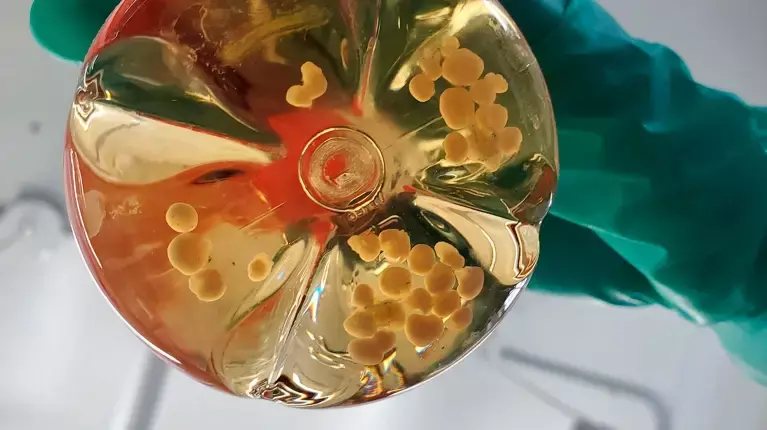
Mini Hearts, Lungs, Livers Made in Lab Grow Own Blood Vessels
In the field of regenerative medicine, scientists have been working tirelessly to create mini organs that mimic the human body’s complex systems. These mini organs, known as organoids, are created in a lab using stem cells and are used to study diseases, test treatments, and potentially even grow new organs for transplantation. Recently, two independent teams of researchers have made a breakthrough in this field by successfully growing blood vessels alongside the organ tissue, a crucial step towards creating more realistic and functional mini organs.
The development of vascularised organoids is a significant milestone in the field of organoid research. Until now, scientists have been able to create organoids that resemble the structure and function of human organs, but they have lacked the complex network of blood vessels that provide oxygen and nutrients to the tissue. This lack of vascularisation has limited the functionality and potential of these mini organs.
To overcome this challenge, the researchers used a new approach that involved coaxed the cells to form blood vessels from the earliest stages of development. This was achieved by using a combination of growth factors and biomaterials to create a supportive environment that allowed the cells to differentiate into vascular endothelial cells, which are the cells that line blood vessels.
The first team, led by Dr. Christine Mummery at the University Medical Center Utrecht in the Netherlands, used a combination of human stem cells and biomaterials to create vascularised heart organoids. They found that by using a specific type of biomaterial that mimicked the extracellular matrix of the heart, they were able to induce the cells to form blood vessels that connected to the organoid and provided oxygen and nutrients to the tissue.
The second team, led by Dr. David Huang at the University of California, San Diego, used a similar approach to create vascularised lung organoids. They used a combination of human stem cells and a specialized gel-like material to create a supportive environment that allowed the cells to differentiate into vascular endothelial cells. They found that the vascularised lung organoids were able to function similarly to native lung tissue, with the blood vessels providing oxygen and nutrients to the tissue.
These breakthroughs have significant implications for the field of regenerative medicine. The ability to create vascularised organoids could potentially lead to the development of new treatments for a range of diseases, including heart disease, lung disease, and liver disease. For example, vascularised heart organoids could be used to study heart disease and develop new treatments, while vascularised lung organoids could be used to study lung disease and develop new treatments.
In addition, the ability to create vascularised organoids could potentially lead to the development of new organs for transplantation. For example, vascularised liver organoids could be used to study liver disease and develop new treatments, while vascularised lung organoids could be used to study lung disease and develop new treatments.
The development of vascularised organoids is also an important step towards the development of personalized medicine. As the technology becomes more advanced, it may be possible to use patient-specific stem cells to create vascularised organoids that are tailored to an individual’s specific needs. This could potentially lead to more effective treatments and better patient outcomes.
In conclusion, the recent breakthroughs in creating vascularised organoids are a significant step forward in the field of regenerative medicine. The ability to grow blood vessels alongside the organ tissue is a crucial step towards creating more realistic and functional mini organs that can be used to study diseases, test treatments, and potentially even grow new organs for transplantation. As the technology continues to evolve, it is likely that we will see even more exciting developments in the field of organoid research.
Source:






